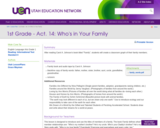
After reading Carol A. Johnson's book titled "Family", students will create a classroom graph of their family members.
- Subject:
- Education
- Elementary Education
- Material Type:
- Activity/Lab
- Author:
- Grace Wayman
- Date Added:
- 05/15/2021

After reading Carol A. Johnson's book titled "Family", students will create a classroom graph of their family members.
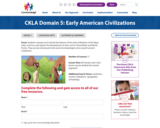
Core Knowledge Early American Civilizations First Grade Language Arts Unit
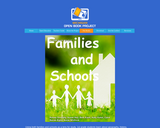
Using both families and schools as a lens for study, 1st grade students learn about geography, history, economics, and civics with strong connections to the literacy block!

This chapter is all about history. In future grades students begin to learn about the history of our state, our country, and our world. In the early grades however, students learn about history through a much smaller lens. In first grade it’s about families.
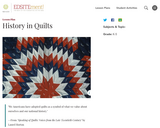
The lessons in this unit are designed to help your students recognize how people of different cultures and time periods have used cloth-based art forms (quilts) to pass down their traditions and history.
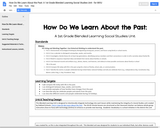
This Blended Learning Unit about how we learn about the past is designed to intentionally integrate technology into each lesson while maintaining the integrity of a Social Studies unit created by Oakland Schools, Unit 4: How Do We Learn About the Past. The 30-45 minute lessons are structured so the classroom teacher can balance whole group instruction (Face to Face) with technology (Online) to enhance or provide new learning. Academic Vocabulary is a school initiative in the district this unit was created for, so this is also integrated throughout the unit. This blended unit was also designed for students to use individual iPads, but other devices could be used as well.
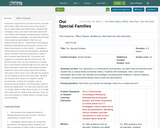
Classroom environments can have diversity culturally and socially. Within the environment each student has a unique family and family history. Students will investigate, learn, and share information about their own families and heritages including family traditions, cultural traditions, languages, and generational family history (past two generations).
After this unit, students will be able to:
- Demonstrate chronological thinking by distinguishing among past, present, and future using family or school events.
- Investigate a family history for at least two generations, identifying various members and their connections in order to tell a narrative about family life.
The teacher will engage in a read-aloud with the picture book "Me and My Family Tree" by Joan Sweeney or a similar text. As the teacher reads through the story, they will share information about their own family and allow students to share short stories about their families. This project will be done in the Fall while the students are just starting to get to know each other.
Students will interview their families to complete a family questionnaire, a family tree template, and an interactive family timeline. The final product will be a family tree digital book.
The tools that could be used are Google Slides, Padlet, Book Creator, or a Google Docs page with the student work imported. They can also use Powtoons or Adobe Spark to include sound with storytelling.
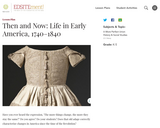
Using archival materials, re-creations, and classroom activities, help your students think about which aspects of everyday life have changed and which have stayed the same.
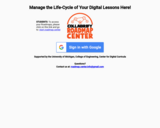
UMCDC 1st Grade MIOpenBook Chapter 2 Section 1 "What is your family's history?" (20-21)
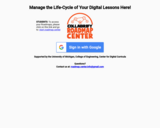
UMCDC 1st Grade MIOpenBook Chapter 2 "What stories are part of our past, present, and future?" (20-21)
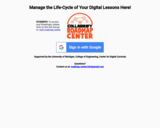
UMCDC 2nd Grade MIOpenBook Chapter 5 "How and Why Do Communities Change Over Time?" (20-21)